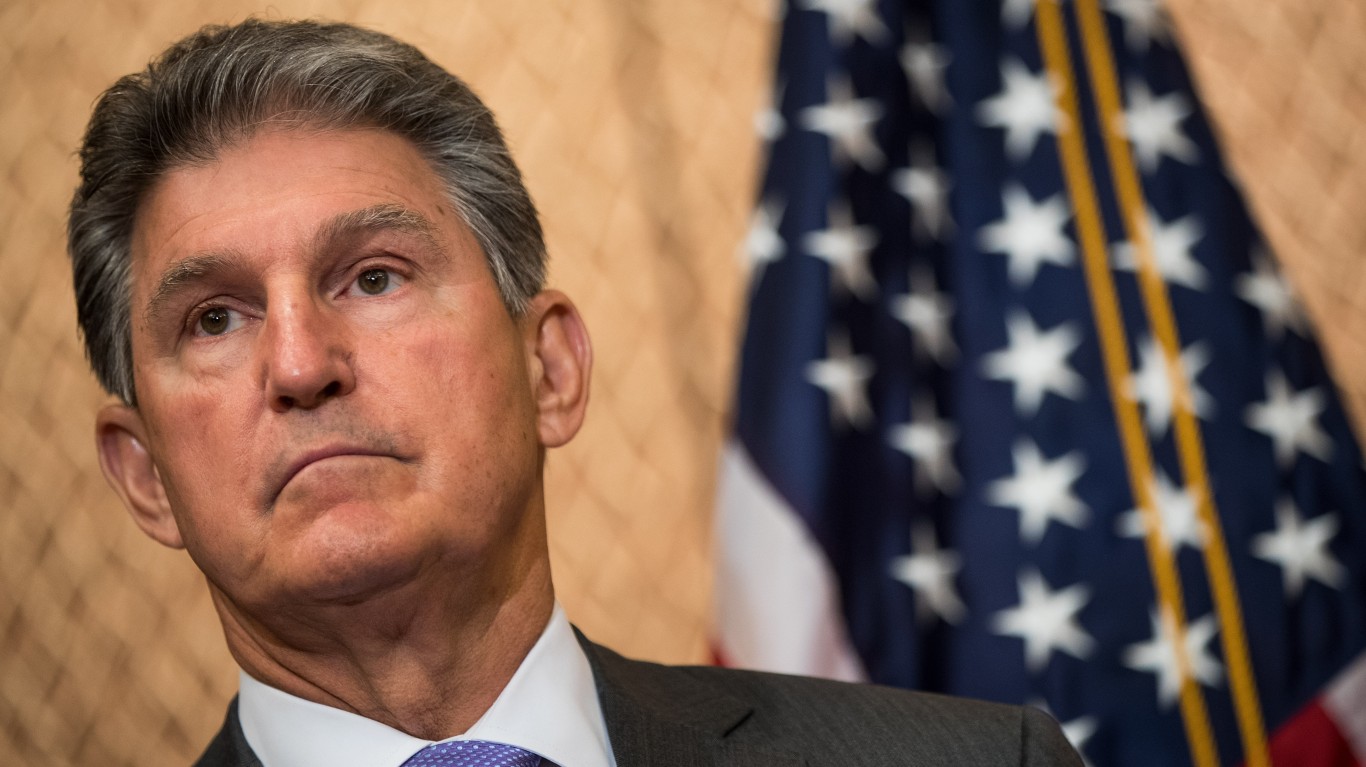
By David Callaway, Callaway Climate Insights
(Bill Sternberg is a veteran Washington journalist and former editorial page editor of USA Today.)
WASHINGTON, D.C. (Callaway Climate Insights) — In 2010, when Democrat Joe Manchin first ran for the U.S. Senate, he shouldered a rifle and fired a hole through a mock copy of his party’s comprehensive energy legislation. “I’ll take dead aim at the cap-and-trade bill, because it’s bad for West Virginia,” Manchin vowed in a campaign ad.
Manchin never got to fire away at the bill, which perished in the Senate before he got there. But a few weeks ago, Manchin rhetorically shot down the biggest climate investment in American history, telling Fox News Sunday that he wouldn’t provide the decisive 50th vote for President Joe Biden’s “Build Back Better” package of roughly $2 trillion in social and climate programs.
In recent days Manchin has made it clear that the expansive version of Build Back Better that passed the House of Representatives last fall, and was pending in the Senate, is “dead.” Now the $555 billion question in Washington is whether the climate provisions that were wrapped into the moribund legislation can be resurrected in one form or another.
It’s hard to overstate the stakes for green tech companies and their investors, not to mention Earth as a whole. Robinson Meyer, author of The Atlantic’s Weekly Planet newsletter, calls it the only “climate-change story that really matters in the United States right now.” The Rhodium Group says that, without new policy actions, the U.S. will fall far short of its 2030 targets for reducing greenhouse gas emissions. . . .
To read this column, all our insights, news and in-depth interviews, please subscribe and support our great climate finance journalism.





